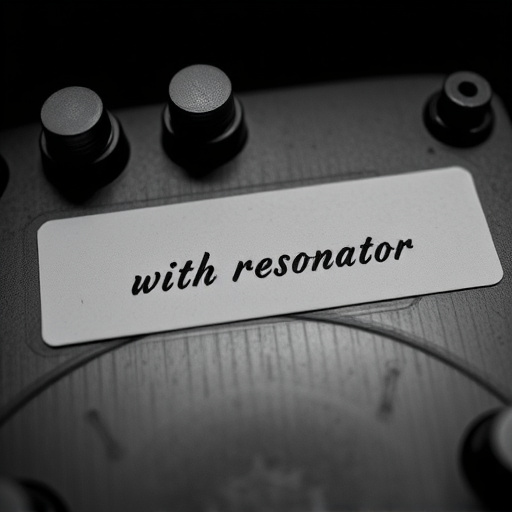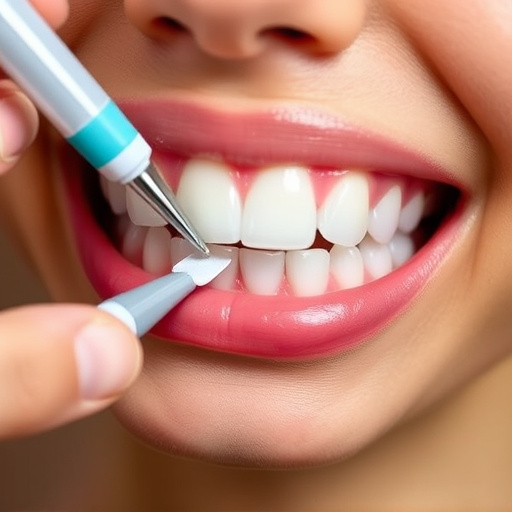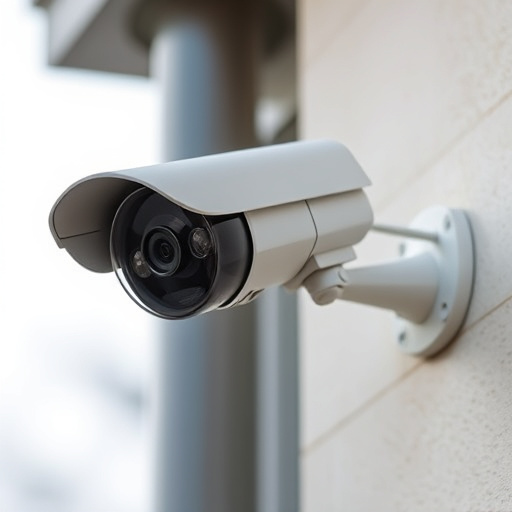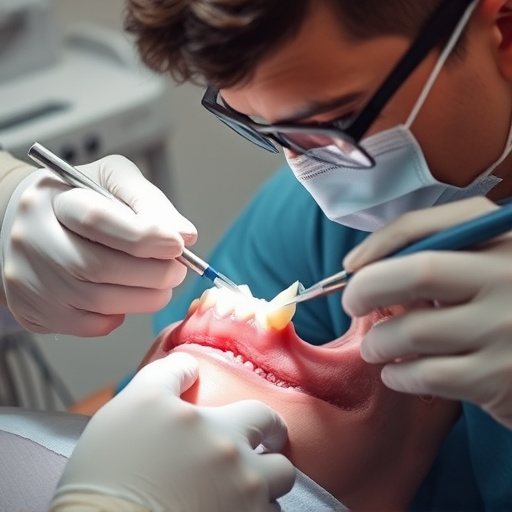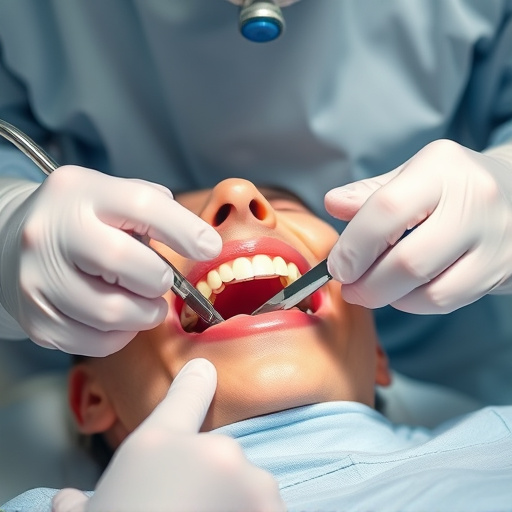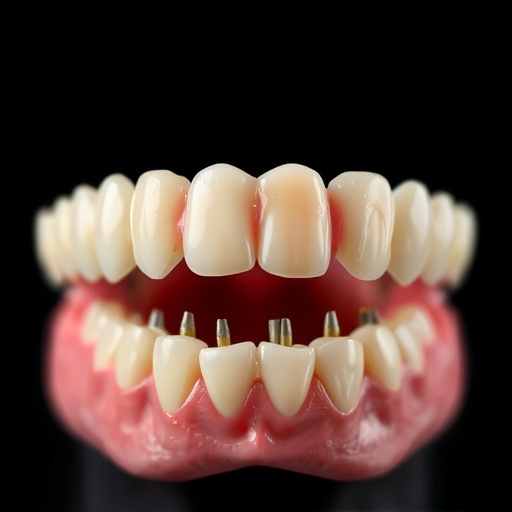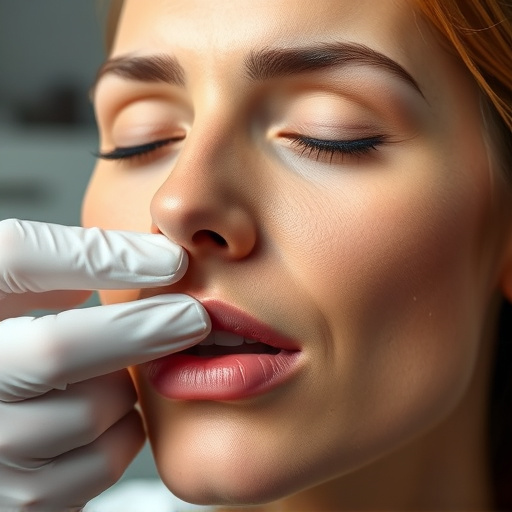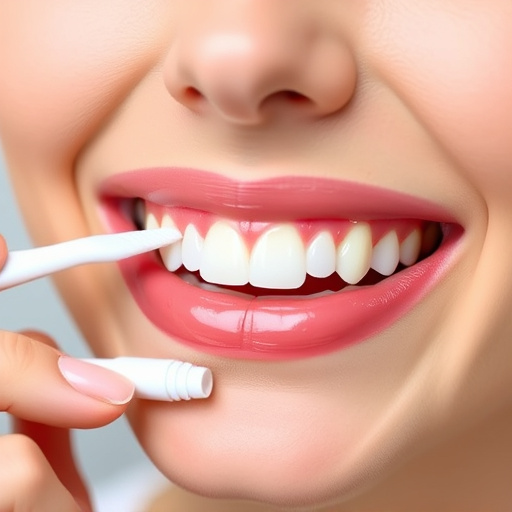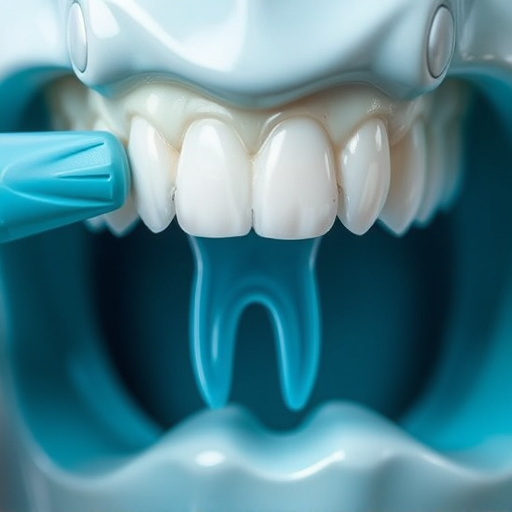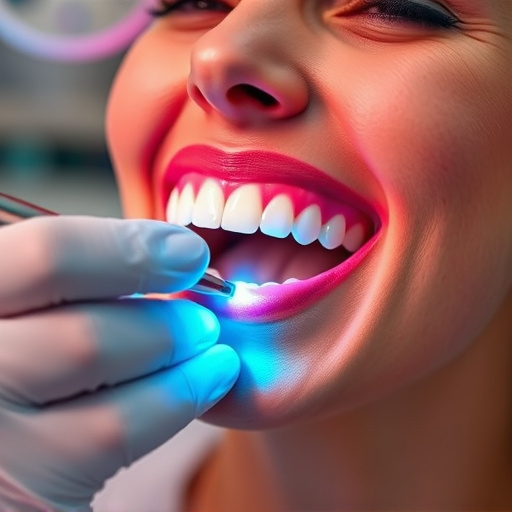Intraoral camera examinations revolutionize dental care by providing high-resolution images of oral structures, enabling precise documentation and communication. These visual aids enhance treatment planning, improve diagnosis accuracy, and support complex procedures like dental implants. Best practices involve capturing clear, well-lit pictures from multiple angles for comprehensive documentation, aiding patient care, and serving as a valuable record for future reference.
Intraoral camera examinations are transforming dental documentation by providing highly detailed, accurate visuals. This innovative tool empowers dentists to capture precise images of oral cavities, enhancing treatment planning and communication with patients. By integrating intraoral cameras into routine practices, dental professionals can ensure improved diagnostic accuracy, better patient understanding, and more effective care delivery. This article explores how intraoral camera examination supports documentation accuracy through enhanced visualization, detailed record-keeping, and streamlined workflows.
- Enhancing Dental Documentation: A Tool for Precision
- Intraoral Cameras: Capturing Detailed Visuals
- Ensuring Accuracy: Benefits and Best Practices
Enhancing Dental Documentation: A Tool for Precision

Intraoral camera examinations have revolutionized dental documentation by providing a precise and detailed visual record of oral health. This advanced technology allows dentists to capture high-resolution images of teeth, gums, and the entire oral cavity from within the mouth. The resulting visuals offer an accurate representation of dental conditions, making them invaluable tools for documenting treatment plans and progress.
By incorporating intraoral cameras into their practices, dentists can deliver comprehensive dental care with enhanced precision. These images serve as a visual aid, facilitating clear communication between dentist and patient, and ensuring everyone is on the same page regarding treatment goals and outcomes. Moreover, detailed documentation supports the placement of dental implants or other complex procedures by providing tangible evidence of oral anatomy, thus improving overall general dentistry practices.
Intraoral Cameras: Capturing Detailed Visuals
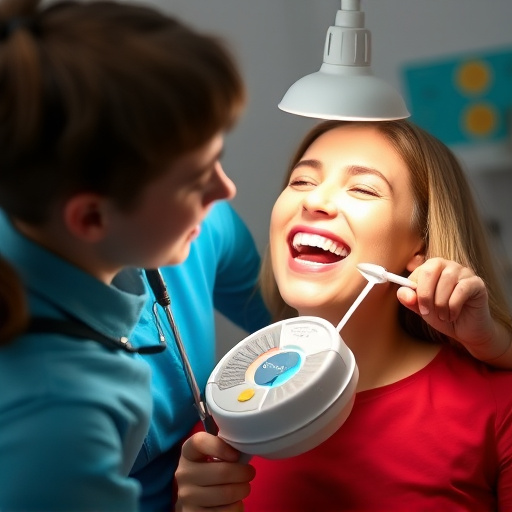
Intraoral cameras have revolutionized intraoral camera examination by providing detailed visual insights into oral health. These innovative tools capture high-resolution images and videos of teeth, gums, and other oral structures with remarkable clarity. Dentists can now examine hard-to-reach areas more effectively, enabling them to diagnose issues such as cavities, gum disease, and early signs of decay that might otherwise go unnoticed.
This advanced technology plays a pivotal role in both preventive dentistry and comprehensive dental care. By capturing precise visuals, dentists can accurately assess the condition of teeth and gums, leading to timely interventions. Furthermore, intraoral cameras assist in documenting treatment progress, making it easier to track changes over time. This not only aids in patient communication but also ensures that cosmetic fillings and other restorative procedures are performed with the utmost precision and accuracy.
Ensuring Accuracy: Benefits and Best Practices

Ensuring accuracy during dental examinations is paramount for comprehensive patient care. Intraoral camera examinations offer a host of benefits in this regard, enhancing documentation precision and overall treatment outcomes. By capturing detailed, high-resolution images of oral cavities, these cameras serve as invaluable tools for both dentists and patients. This visual documentation not only facilitates clear communication between dentist and patient but also provides a permanent record that can be easily shared with specialists or referenced in the future.
Best practices for leveraging intraoral camera examinations include using the technology to capture clear, well-lit images from multiple angles. Dentists should ensure proper positioning of the camera to visualize all relevant areas of interest, including tooth surfaces, gum lines, and any existing restorations. Moreover, integrating these images into patient charts or digital dental records improves organization and accessibility, fostering more informed decision-making during emergency dental care, restorative dentistry, or even when discussing clear aligner treatments.
Intraoral camera examinations have emerged as a powerful tool in dental practice, revolutionizing how we document and interpret oral health conditions. By capturing detailed, high-resolution visuals, these cameras enhance precision and accuracy in dental documentation. This technology allows for better communication between dentists and patients, facilitates informed treatment planning, and serves as valuable evidence in case of disputes or audits. Embracing intraoral camera examination best practices ensures consistency, quality, and reliability in documenting oral conditions, ultimately benefiting both practitioners and their patients.
